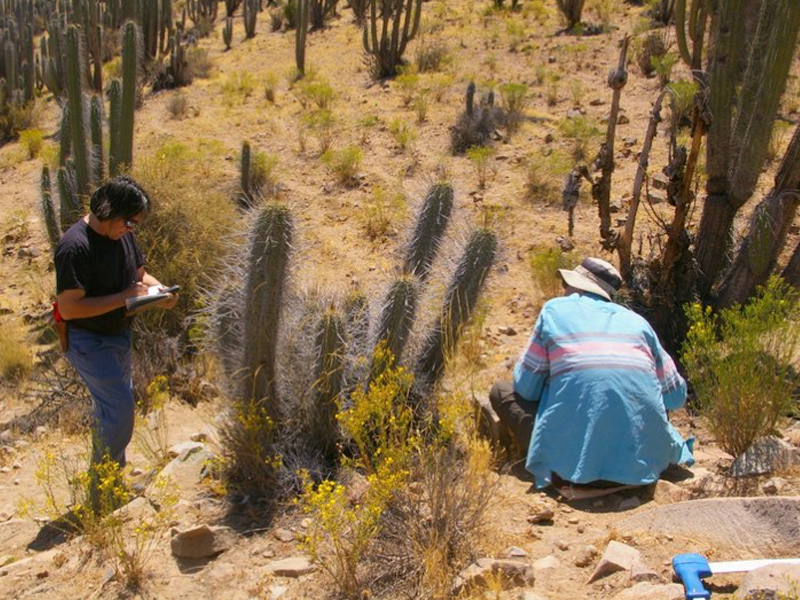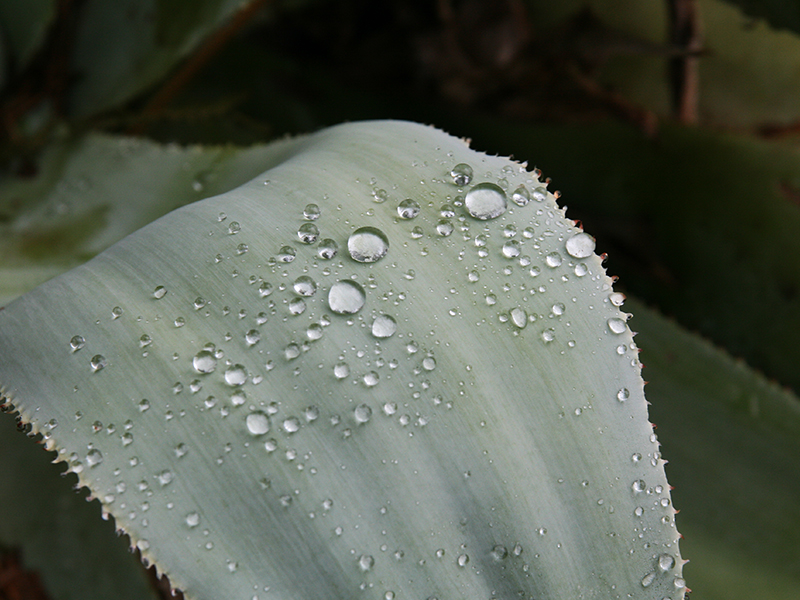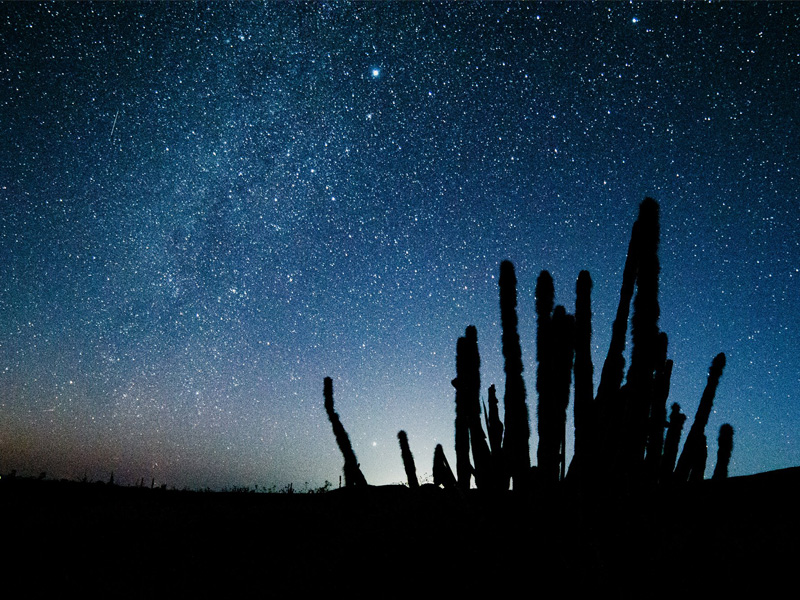
Tag: research and conservation


Plant responses to heat stress
Water loss in plants has commonly been considered only as a cost of photosynthetic carbon gain. However, plants may use water in ways that may not necessarily optimize instantaneous carbon gain, but instead as a strategy for leaf evaporative cooling. The DPEL and...
The distinctive form and function of giant cactus
Giant cactus are among the most charismatic and iconic plant life forms on the planet, but many giant cactus species are threatened by the effects of climate change. At the Dryland Plant Ecophysiology Lab (DPEL) the staff studies the distinctive physiological features...